As defined by the Bureau of Housing and Urban Development, Difficult Development Areas (DDA) are defined as areas with high land, construction and utility costs relative to the area median income. While HUD provides low-income housing tax credits to encourage affordable housing developments, many commercial real estate brokers try not to choose sites in these areas due to the demographic makeup and high crime in these areas. However, if given the right set of tools, a site can thrive in these areas and become good opportunities for investors willing to take on the challenges of a tricky area.
For our purposes today, we are looking at these HUD defined census tracks on the 2023 area definitions. Nationwide, these census tracts deemed difficult to develop cover about 16% of the population. The national map below shows where they are located.
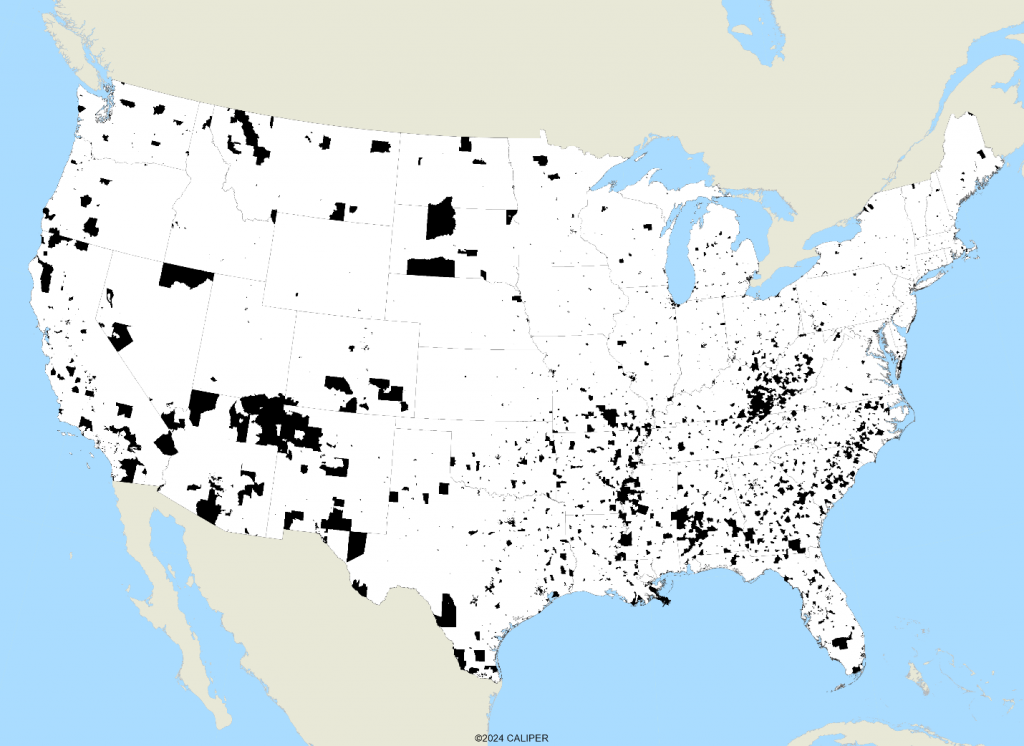
What we do see here are largely rural areas – the native reserves of the west, much of the lower Mississippi valley, much of West Virginia and eastern Kentucky. In urban areas, they tend to be in low-income parts of expensive places. The maps for Los Angeles and Chicago are below.
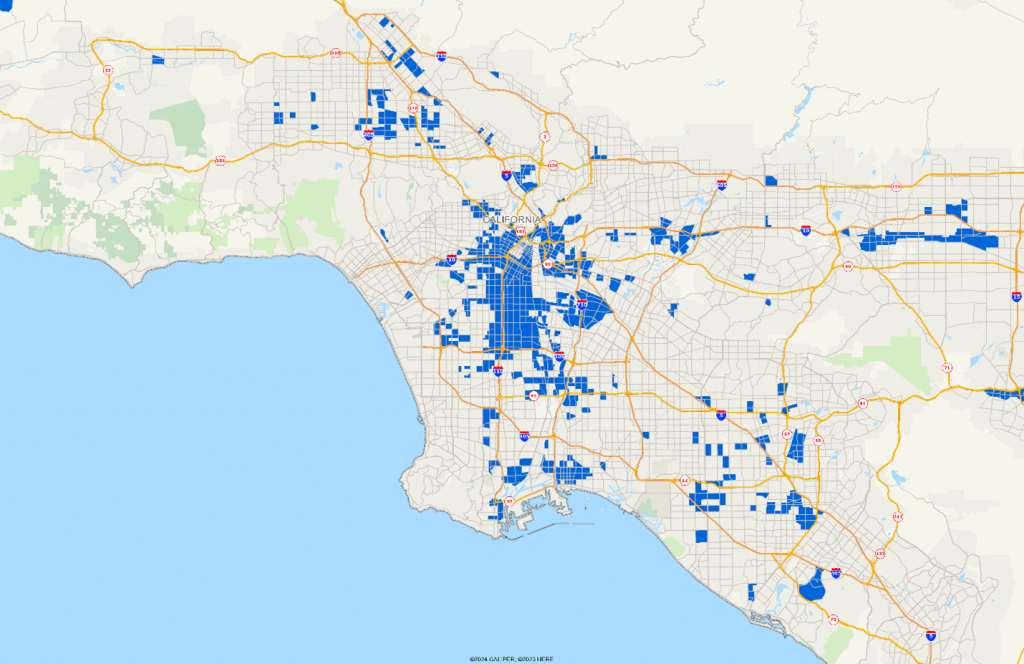
Los Angeles
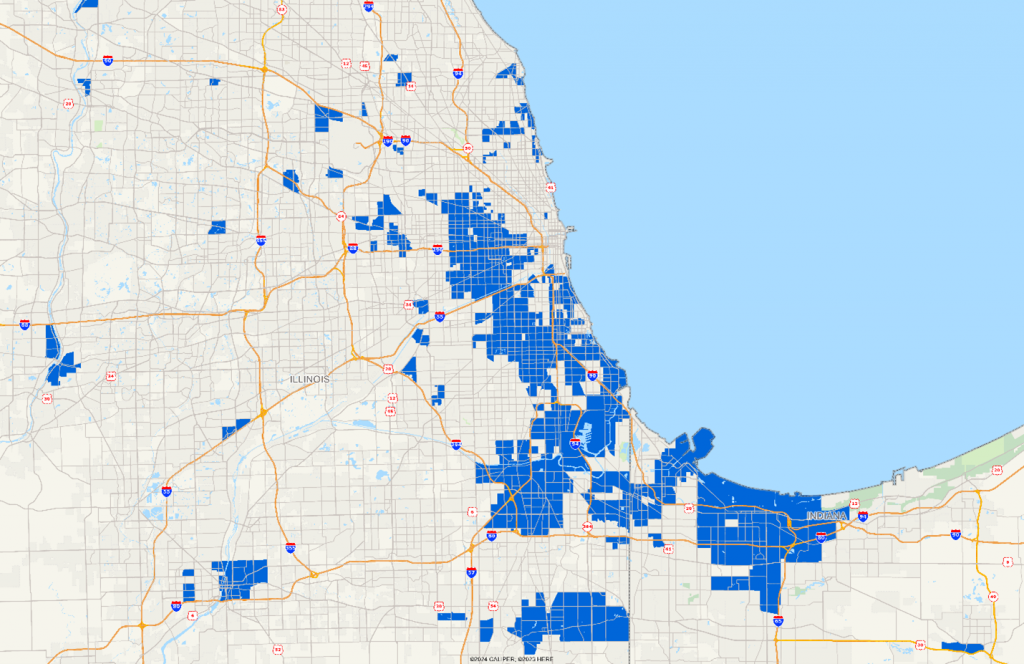
Chicago
Demographically speaking, the DDA program includes 16% of the US population (53.8 million people). Compared to non-DDA areas, they are typically younger in age by nearly 7 years, more diverse, have attained lower education degrees, and rent at a higher rate. From a housing standpoint, homes are less expensive for buying and renting, and more homes sit vacant. Incomes are significantly lower, especially for discretionary income.
Most of what deters investors and retailers are increased crime rates. In all categories, crime is higher in DDA areas, with violent crimes sometimes triple the rates of their non-DDA counterparts. The chart below shows these crime rate differences using our CrimeRisk database.
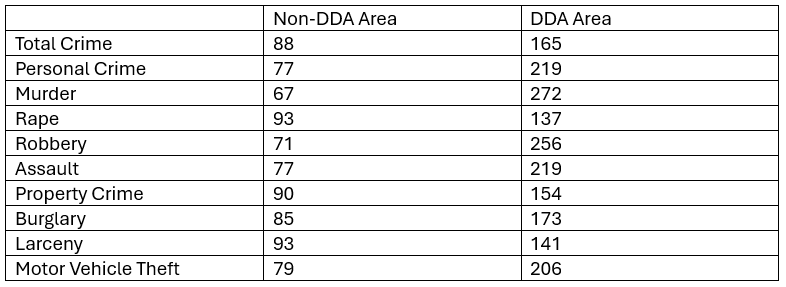
The map below shows personal crime rates for New York City within DDA areas.
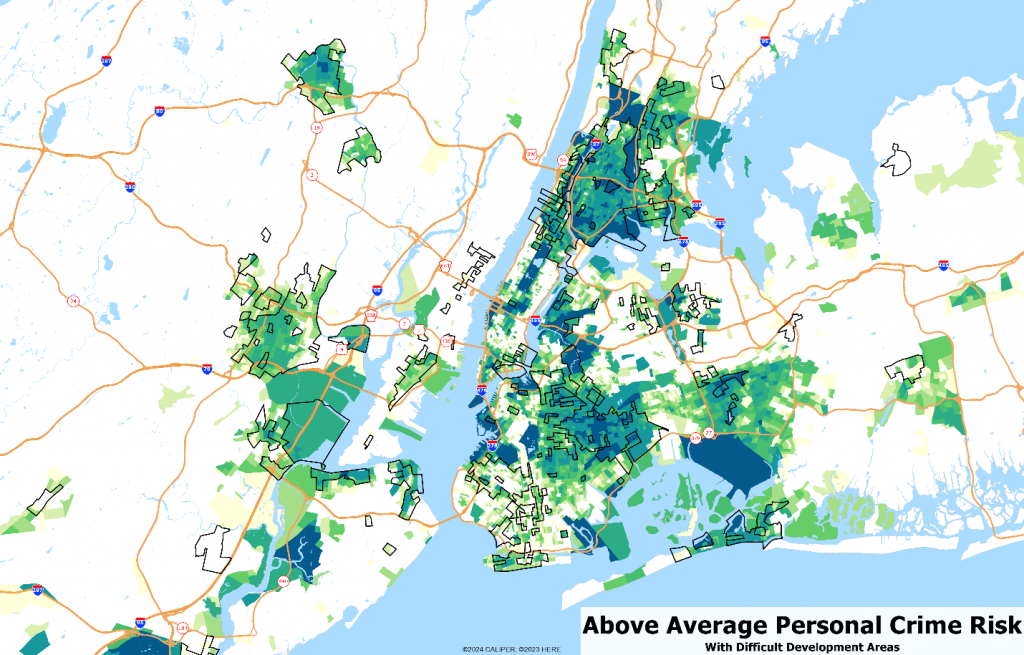
These areas also tend to have significant retail gap problems, likely due to retailers not wanting to take a chance on a DDA area. Below are maps of NYC with the DDA shown in black and shaded for areas with a retail gap issue – grocery stores and apparel. Darker blue areas show the more significant gap areas, while the green and yellow have less disparity in store availability.
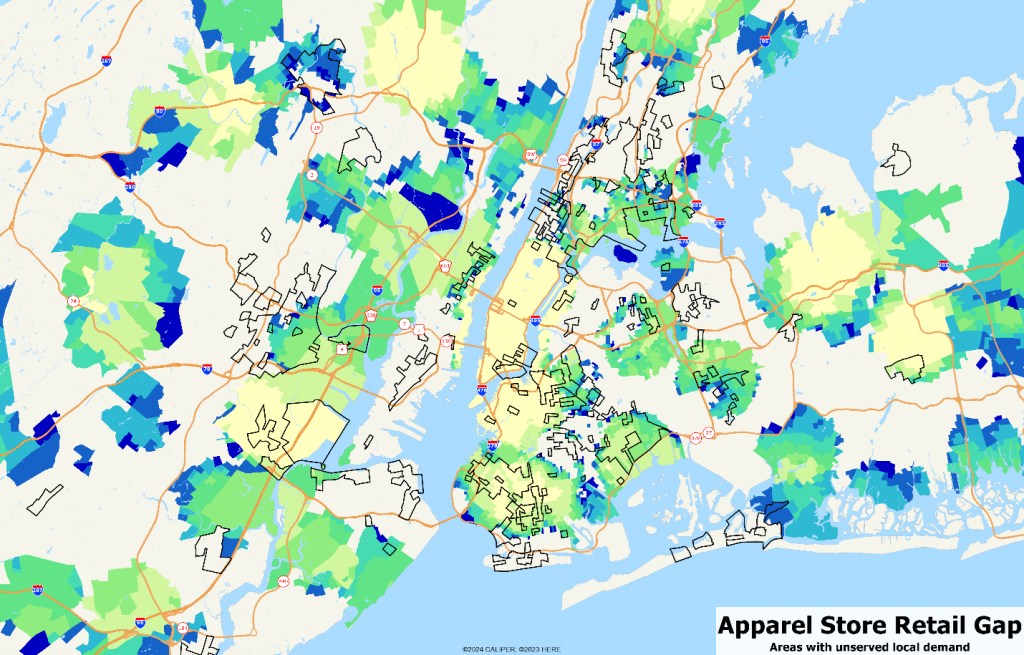
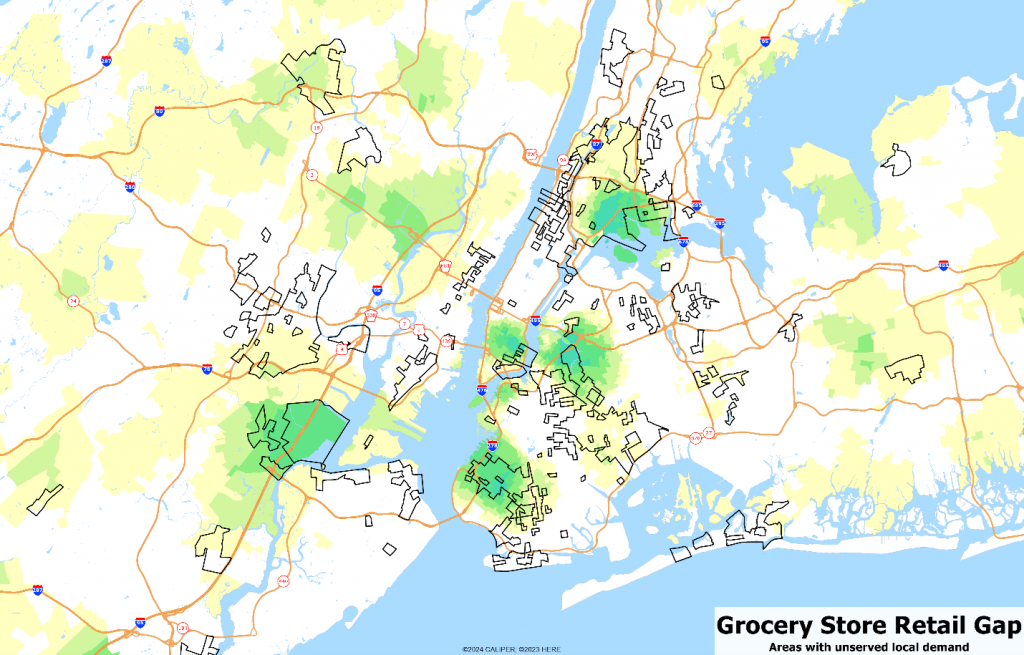
While there are certainly challenges, there are opportunities to fill these gaps. With crime as the focus of their potential hesitations, there are ways to mitigate these risks. Of course, merchandise control system and alarms deter theft, as well as security personnel working at the front of the store. Bright, well-lit parking areas with emergency call systems and staff policies focused on security, like opening and closing staff working in pairs, will help protect their staff from personal crime around the store.


Recent Comments